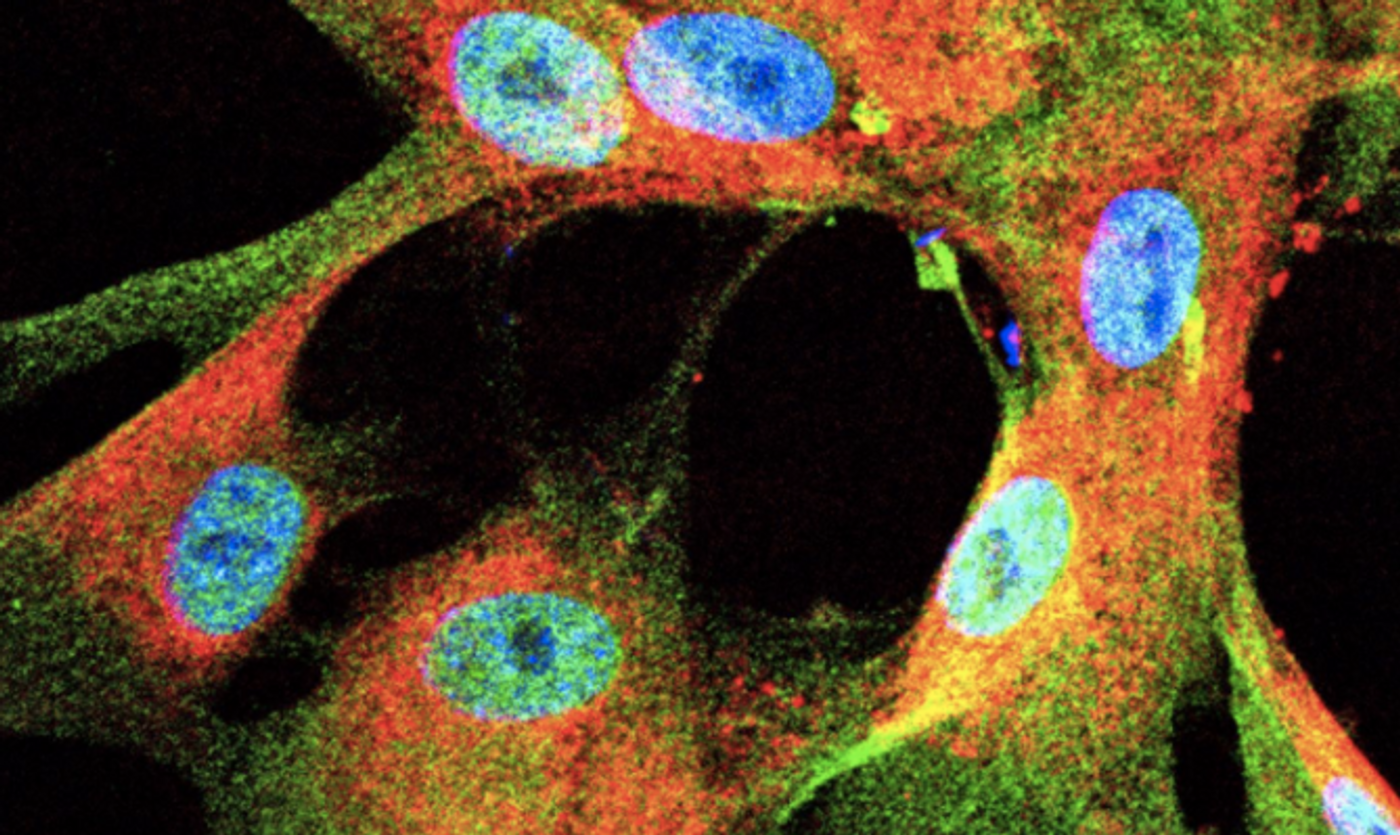Genetic Profiling Reveals Potential Tumor Treatment
Researchers turned to genetics to learn more about nerve tumors that until now have been for the most part untreatable and deadly. After completing an assessment of the genetic material and gene expression in malignant peripheral nerve sheath tumors (MPNSTs), new information about the genetics of the illness was revealed. This genomic profiling, which led to tests of a new therapeutic in models of the disease, has been reported in Cancer Cell.
"This uncovered potential therapeutic targets we did not expect for these untreatable tumors, but our findings also need further study before knowing whether they will be relevant to patient treatment in the clinic," noted the lead author of the work Q. Richard Lu, Ph.D., scientific director of the Brain Tumor Center at the Cincinnati Children's Cancer and Blood Diseases Institute.
MPNSTs grow out of Schwann cells, special insulators that form the myelin sheath of nerve cells. The sheath protects peripheral nerves and aids in the propagation of signals along neurons. The genetic disease Neurofibromatosis 1 leads to about half of all MPNSTs; mutations in the NF1 gene can cause uncontrolled cell growth and the subsequent growth of plexiform tumors, which can turn into MPNSTs. It’s not known what causes the other half of MPNSTs, but a small number of cases are caused by cancer treatment.
MPNSTs are aggressive and are resistant to traditional cancer treatments, which is unsurprising considering that those drugs can cause the tumors. They can be fatal.
In this study, the research team showed that the Lats1/2 gene is able to suppress cancer; when the expression of it drops, cells are reprogrammed and quickly become malignant. The HIPPO signaling pathway, a regulator of tissue growth, also changes when Lats1/2 expression decreases and other genes in that pathway become overactive. Those genes, and thus the proteins TAZ and YAP, act with the TEAD1 protein to initiate the formation of MPNSTs.
Mice engineered to have no Lats1/2 were utilized by the scientists in experiments that disrupted hyperactive TAZ-YAP; signaling from a molecule called PDGF (platelet-derived growth factor receptor) was also blocked, and the investigators were able to reduce the amount and size of MPNSTs in those mice. The results were also replicated in human cells growing in culture.
Next, the researchers want to find inhibitory agents that will stop the action of TAZ-YAP and the signals they initiate.
Learn a bit more about MPNSTs, and see what they look like in a patient, from the video.
Sources: AAAS/Eurekalert! Via Cincinnati Children's Hospital Medical Center, Cancer Cell










